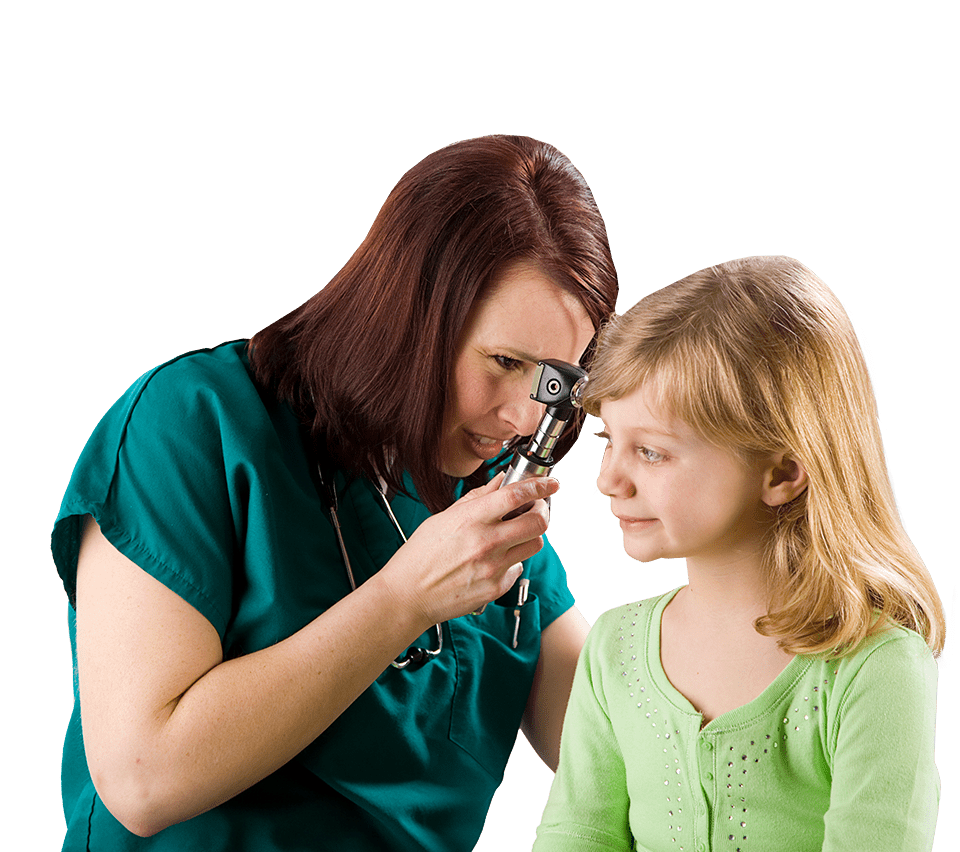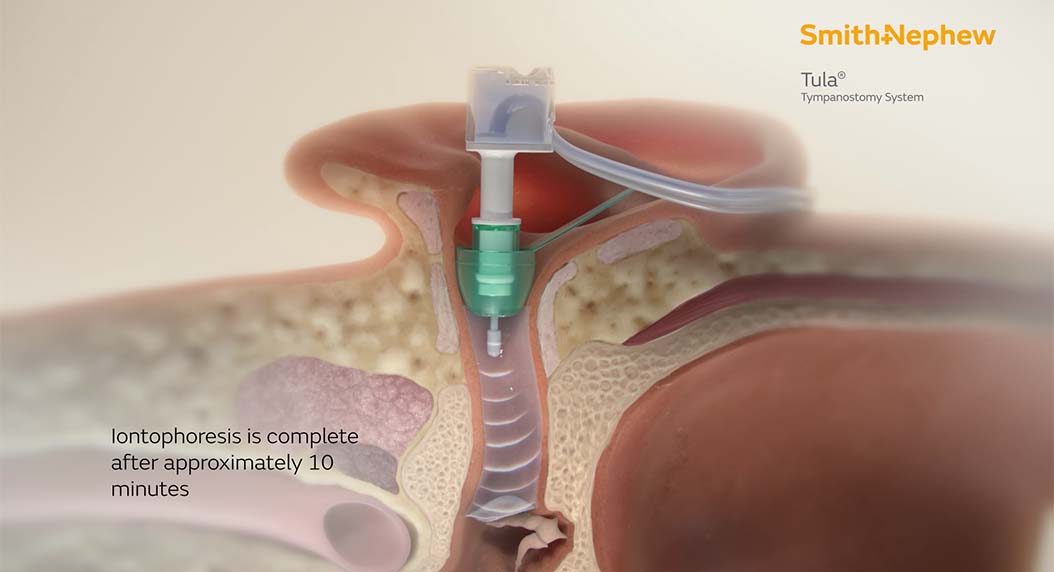Clinical data
The Tula pivotal study is a prospective, multicenter study evaluating the safety and effectiveness of in-office ear tube placement with the Tula System in children aged 6 months to 12 years. The procedural and post-procedural results through 6-months follow up were published in 2020.1 A new publication extends the findings to show successful tube placement was accompanied by positive long‐term outcomes.2
Safe
serious device, drug, or procedure-related adverse events1
There were zero serious device, drug, or procedure-related adverse events in the study. Patients were treated in-office without use of sedation, anxiolytics or mechanical restraints. Behavior management techniques of distraction (toys, videos), engagement with patient, and framing (age-appropriate communication about the procedure) were among the methods used to minimize patient anxiety and distress.1
Practical
overall in-office success rate1
Procedural success was defined as tubes placed successfully in both ears for a bilateral case. 91% of patients in the Tula pivotal study were bilaterally indicated. Unsuccessful procedures were most commonly due to behavior (5%) or inadequate anesthesia (3.2%). In more than half (53.6%) of the cases that failed bilateral tube placements, doctors were able to successfully insert an ear tube in one ear.3
High parent satisfaction
of parents were very satisfied with the Tula procedure1
Parent satisfaction was recorded at the 3-week follow-up with 95% percent of parents noting “Strongly Agree” (82%) or “Agree” (13%) to the following statement: “Overall, I am very satisfied with the in-office ear tube procedure.” A total of 201 parents completed the survey.
Reimbursement
We provide a broad array of materials and tools along with a dedicated field team to support you throughout the reimbursement lifecycle. Payer engagement to expand coverage, policies, and patient access to the Tula procedure is a priority for our reimbursement team. Explore information on coding and billing for Tula, frequently asked questions, and published health policies in favor of Tula.


Contact Us
To learn more about the Tula System, ask a question, or speak with your local Sales Representative, send us a message.


